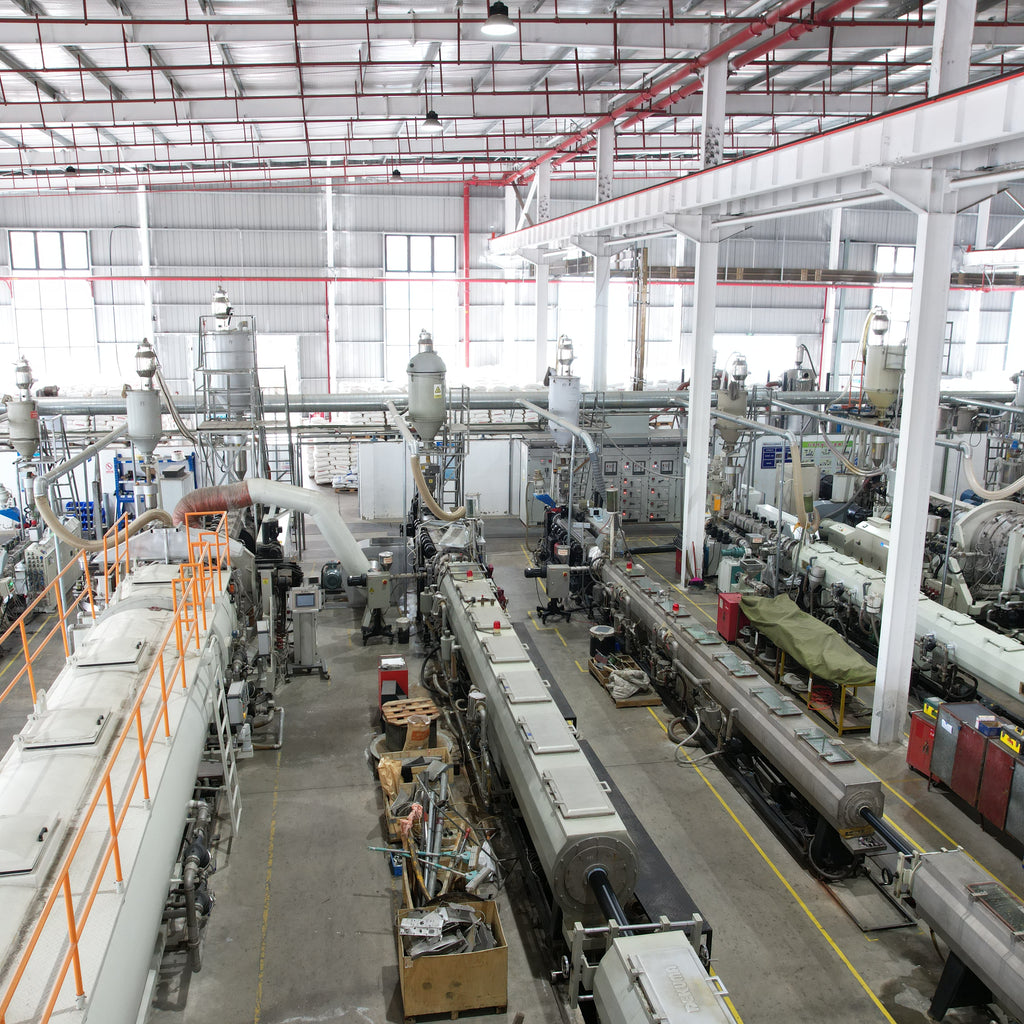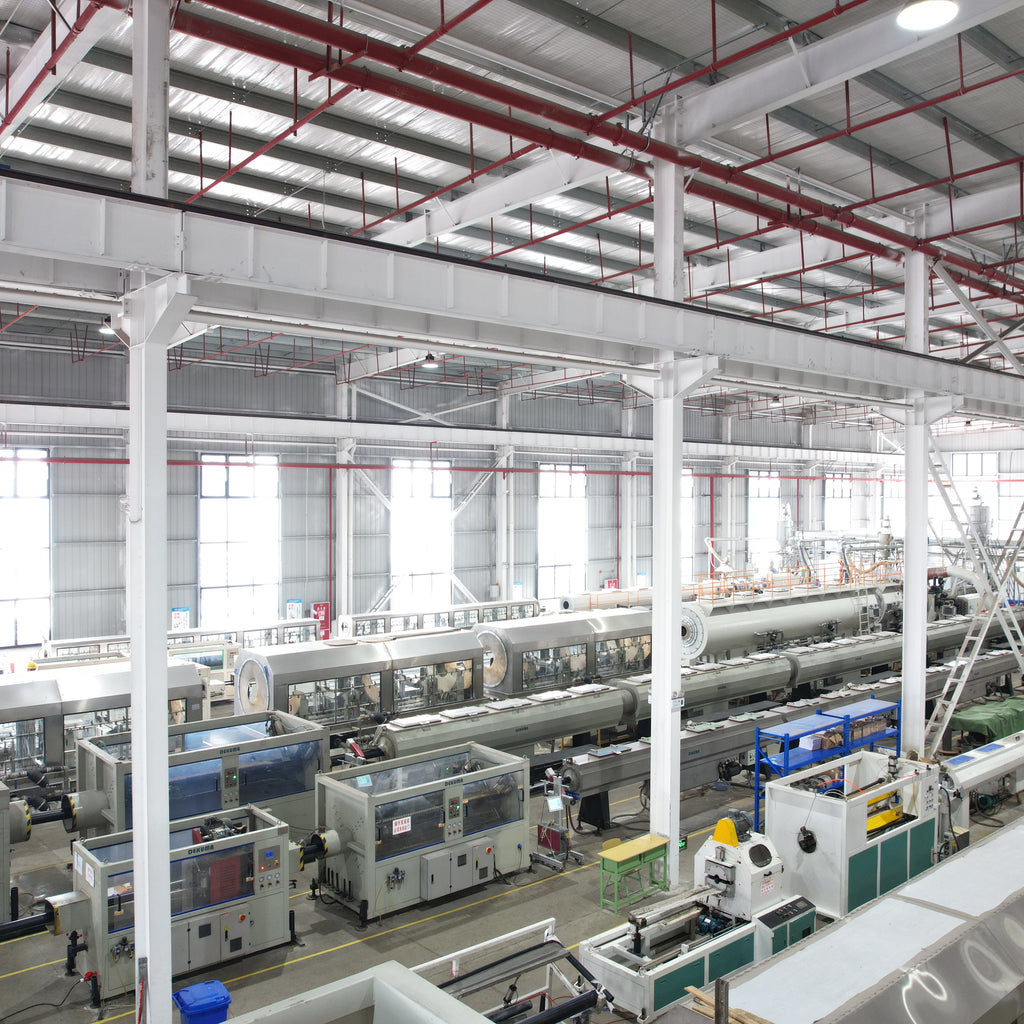In a groundbreaking initiative to redefine urban transportation, Luoyang Zhengju New Materials Co., Ltd. recently launched the "Smooth Rides, Smart Materials" campaign, a five-day community project integrating advanced composites with intelligent infrastructure. Held from [insert dates, e.g., October 5-9, 2028], the initiative mobilized 400 employees—civil engineers, transportation planners, and tech specialists—to deploy innovative material solutions that enhance safety, efficiency, and sustainability in urban mobility.
The campaign’s showpiece was the renovation of Chunxi Road Bicycle Corridor using Zhengju’s self-healing asphalt composites. Infused with micro-encapsulated polymers, the road surface automatically repairs minor cracks within 24 hours, extending lifespan by 50% compared to conventional asphalt. Volunteers also installed solar-powered LED road markers embedded in anti-slip composite panels, which light up to guide cyclists and warn of obstacles. "Our materials don’t just withstand traffic—they adapt to it," explained civil engineer Liu Tao. The corridor now sees a 40% increase in daily cyclists with zero reported accidents since the upgrade.
At Dongmen Public Transit Hub, employees unveiled the Smart Shelter System featuring transparent composite canopies with embedded photovoltaic cells. These canopies, made from ultra-lightweight polycarbonate blends, generate 30% of the hub’s electricity while filtering 90% of UV rays. Inside, benches crafted from recycled tire composites are integrated with wireless charging pads and real-time transit displays. "It’s a perfect blend of functionality and sustainability," noted urban planner Dr. Zhang Wei. The hub’s energy consumption has dropped by 25% since installation.
A standout initiative was the "Community Mobility Makeover" in Xiguan District, where volunteers retrofitted 20 intersections with Zhengju’s pressure-sensitive composite crosswalks. These crosswalks, embedded with piezoelectric sensors, illuminate when pedestrians approach and send real-time data to traffic management systems, reducing waiting times by 15%. "The materials turn infrastructure into a smart network," said data analyst Wang Li. Elderly residents reported a 60% increase in confidence when crossing roads.
Partnering with the Luoyang Institute of Urban Transportation, Zhengju researchers conducted a pilot study on the composite materials’ impact. Results showed that the self-healing asphalt reduced maintenance costs by $120,000 annually for a 5km stretch, while the solar canopies generated enough energy to power 20 households. "These numbers validate our approach," said CEO Chen Xin in a press briefing.
Chen emphasized the campaign’s broader vision: "At Zhengju, we believe urban mobility should be a force for good. By merging material innovation with smart technology, we’re not just building roads and shelters—we’re crafting ecosystems that connect people, protect the planet, and shape the future of cities."
The initiative has drawn interest from three neighboring cities, with plans to replicate the model in their transportation networks. As Luoyang Zhengju continues to pioneer in smart infrastructure, it remains dedicated to proving that advanced materials, when coupled with intelligent design, can transform urban landscapes into safer, greener, and more connected spaces for all.



